Although antibiotic treatment has transformed the outlook for patients with Buruli ulcer disease, the currently recommended regimen is far from ideal, particularly given the increasing global threat of antimicrobial resistance. Various studies have reported highly variable healing rates even in patients with seemingly similar lesions.
Concurrent with antibiotic treatment, the healthcare system can explore the new nitric oxide gas-generating dressing (EDX dressing) for wounds. This dressing provides a moist wound environment, exudate absorption, cushioning, and protection to the wound bed as well sustained delivery of nitric oxide gas on the wound surface. These factors promote healing wound healing even in the presence of infection.
This study aims to determine the efficacy of EDX dressing in reducing the healing time for BU wounds and ultimately minimizing the antibiotic treatment period.
Primary Objective:
A comparison of the rate of healing of lesions between EDX110 with oral rifampicin and clarithromycin (“EDX-RC”) and vaseline gauze dressings with oral rifampicin and clarithromycin (“VG-RC”)
Secondary Objective:
· To compare the tolerability of the two dressings
· To evaluate the relationship between treatment, the immune profile, and healing in each treatment arm
· To compare the rate of bacterial killing in each treatment arm
Expected Impact
This study could significantly shorten treatment duration for many patients and with this comes obvious social and economic benefits to the patient because of the burden of BUD. The healthcare system will cut costs hence allowing other investments. Additionally, the simplicity of the EDX dressing will community-based volunteers as the patients themselves to be trained in its application, thereby significantly reducing the travel time for patients.


Team Coordinator
Dr Yaw Ampem Amoako
Phone: +23324 4858075
E-Mail: y.amoako@kccr.de

Senior Research Fellow
Dr. Micheal Frimpong
Phone:
E-Mail: mfrimpong28@gmail.com

Health Economist
Dr Jacob Novignon
Phone: +233 24 258 6462
E-Mail: jnovignon@gmail.com

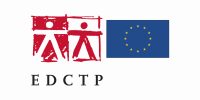
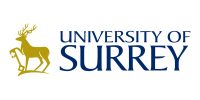
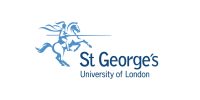
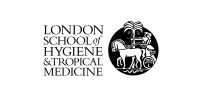
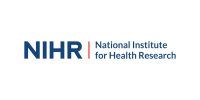
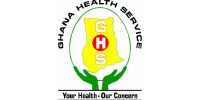
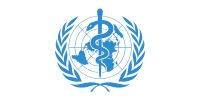
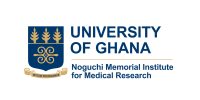
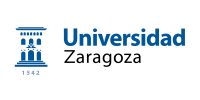


South-end Asuogya Road,
KNUST, Kumasi
Ghana
GPS: AK-312-1059
Monday – Friday
8am – 5pm
Monday – Sunday
8am – 5pm
KUMASI CENTRE FOR COLLABORATIVE RESEARCH IN TROPICAL MEDICINE
Copyright © 2025. All rights reserved